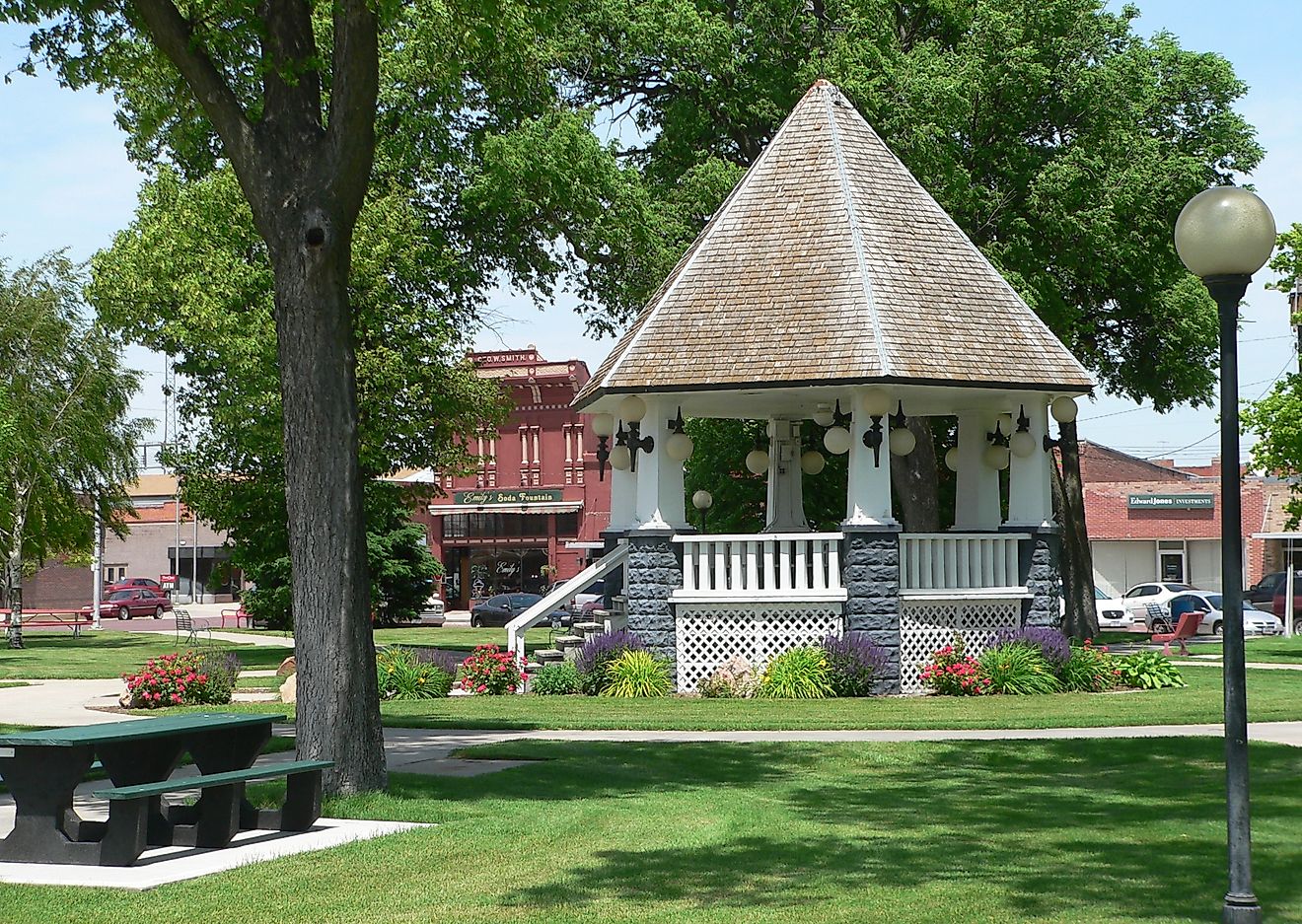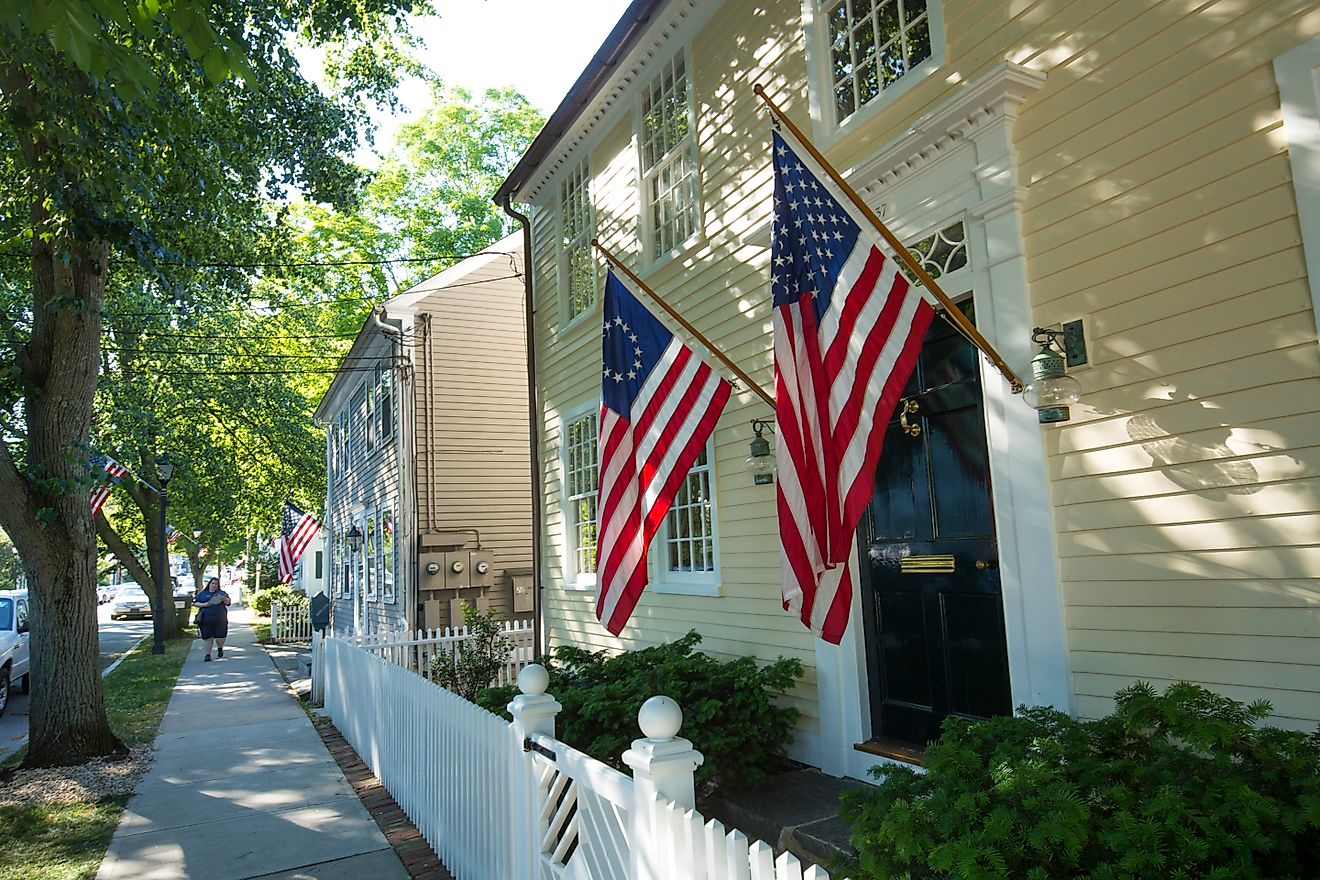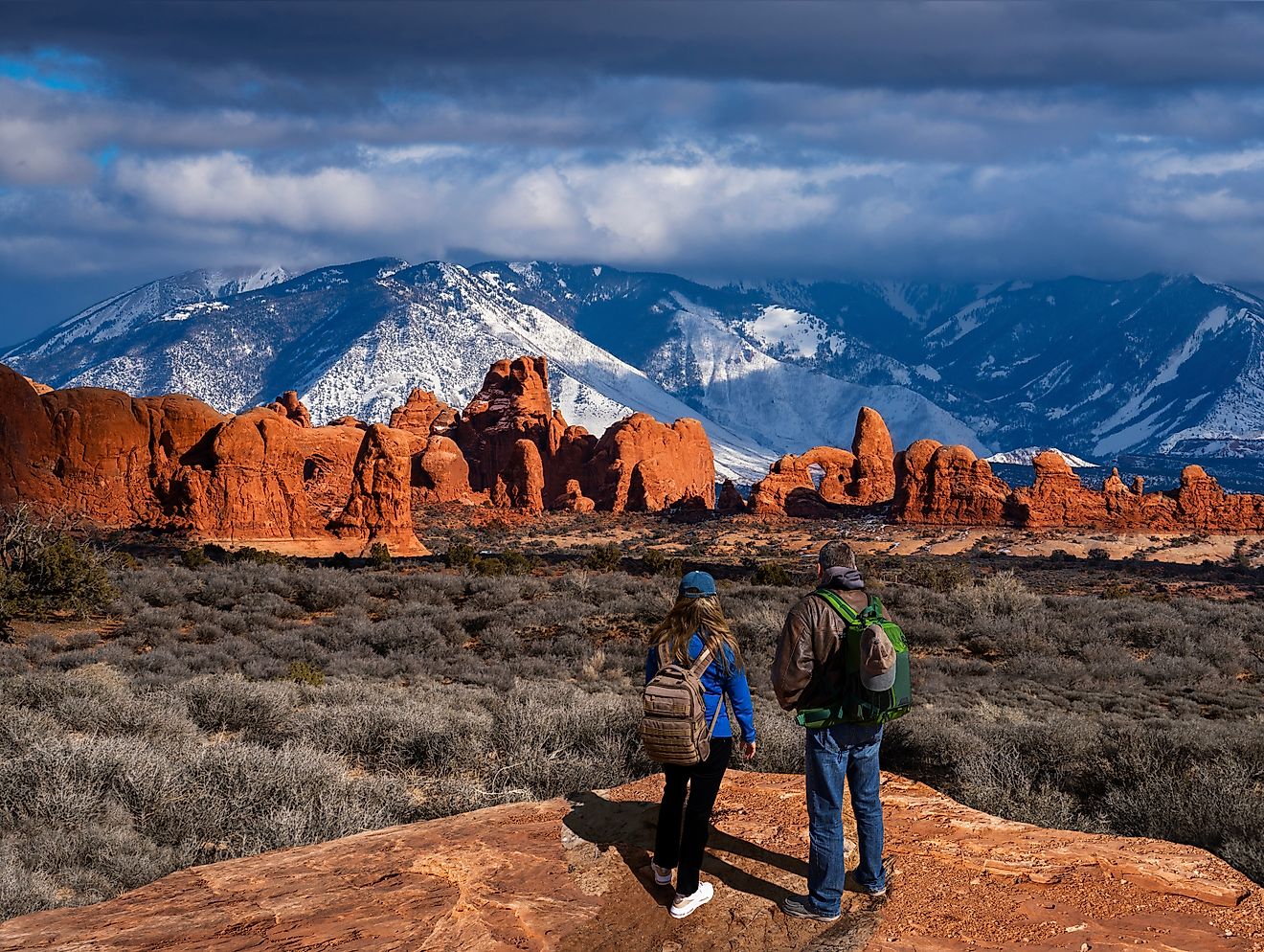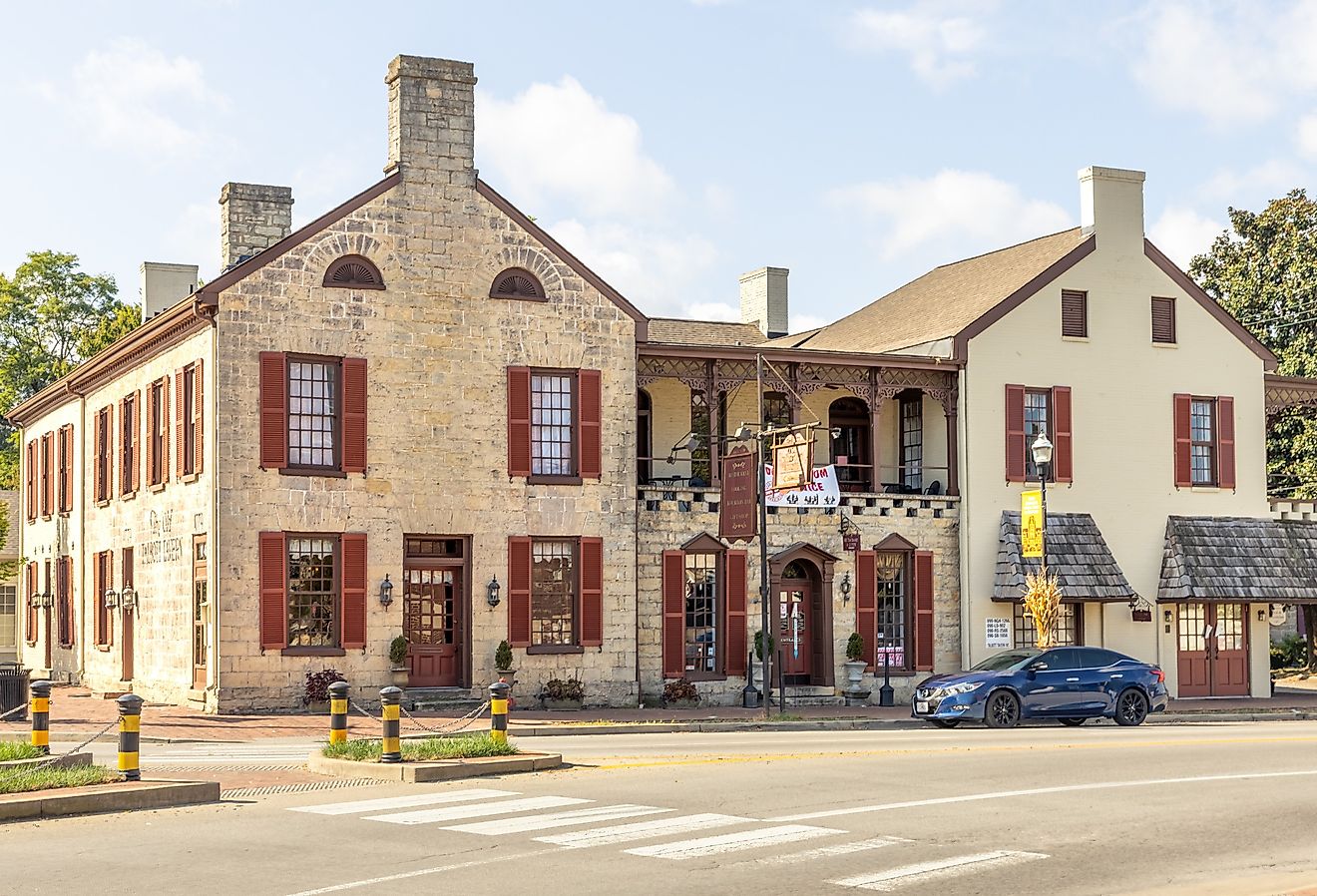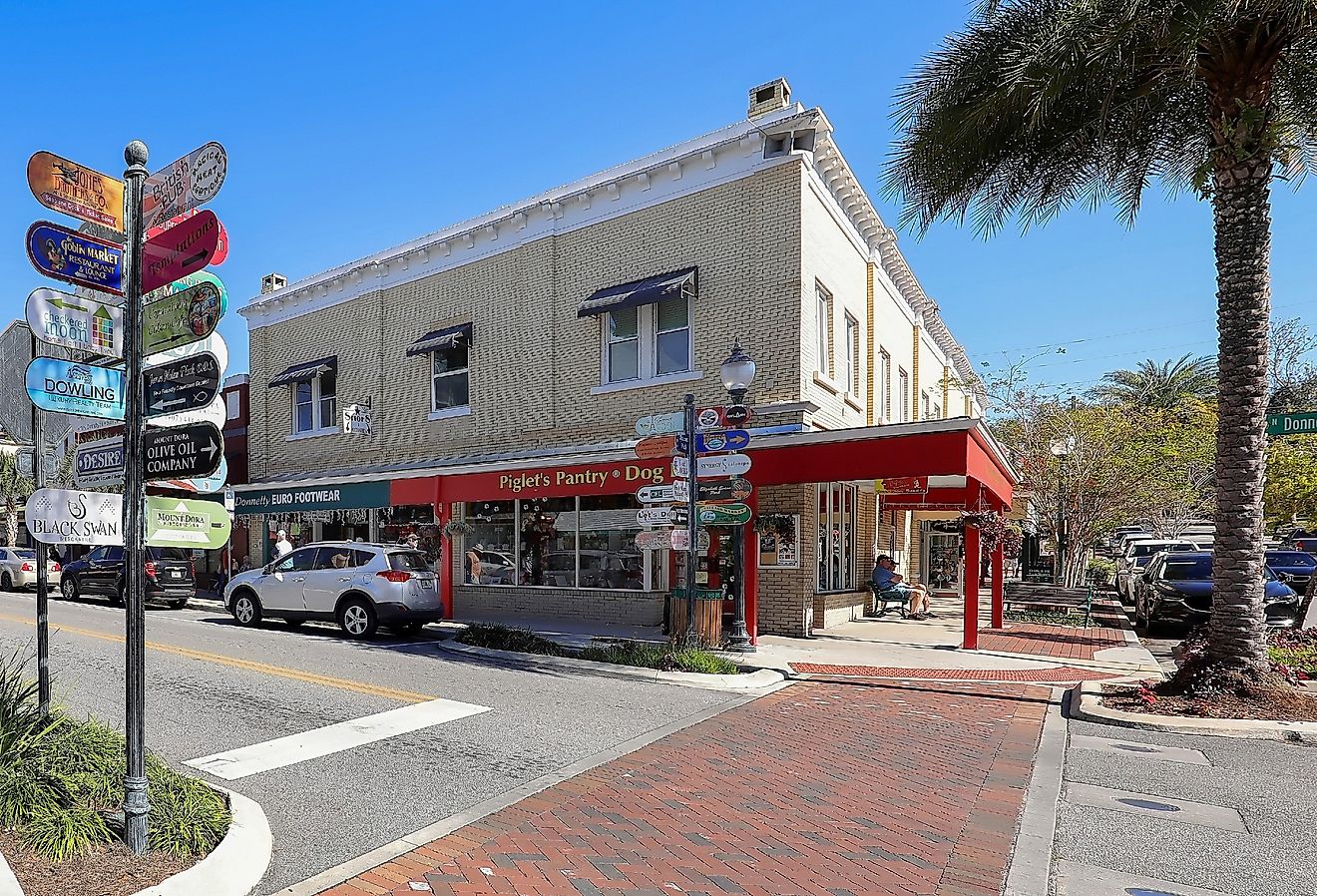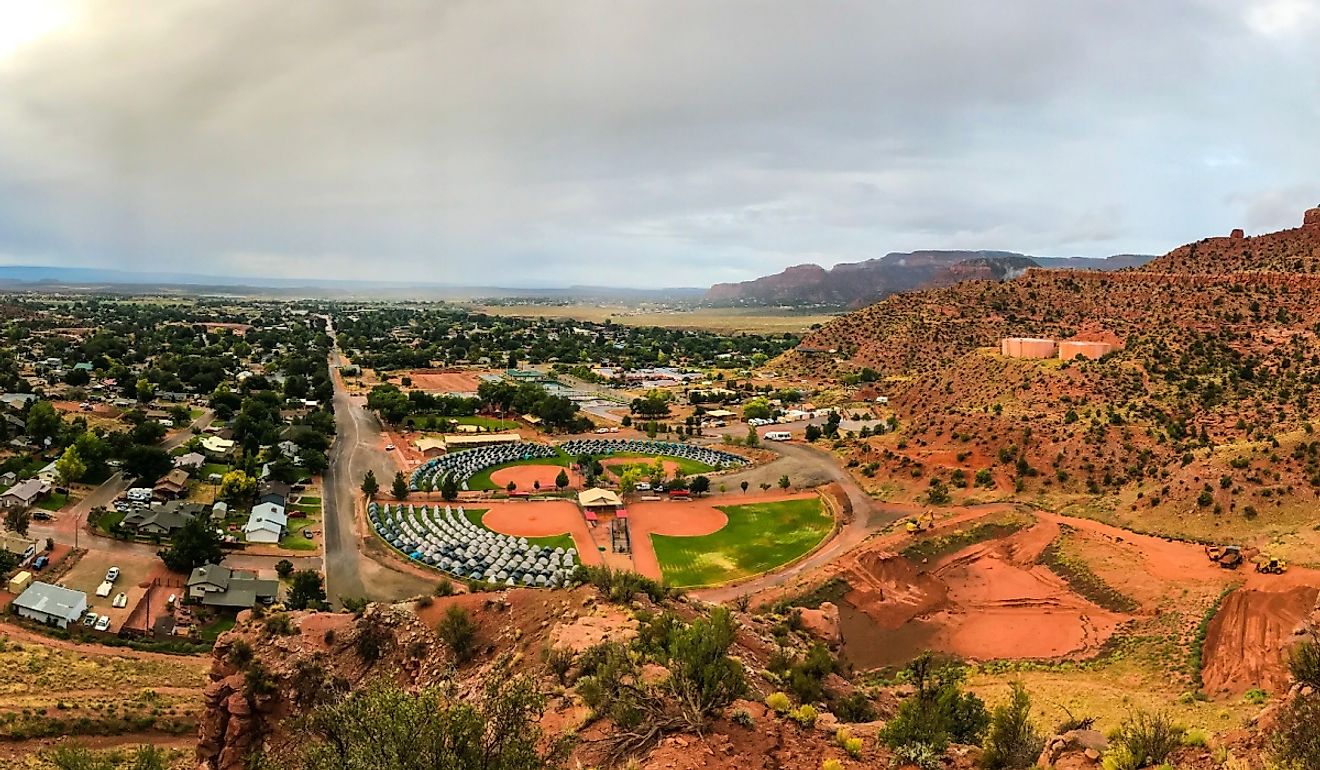
9 Small Towns In Pennsylvania Where Everyone Knows Your Name
Some towns in Pennsylvania are so small that the residents must keep on good terms, as the chance of seeing each other is higher many times a day while going about their pursuits. Even a visitor can be remembered in one of these towns with historically-rich streets, awaiting new faces to be explored without the crowds.
Bedford

A former site of archaeological dig turned historic village, Bedford is an open-air museum that transports one into the simpler-life, slower-paced pioneer days. Being situated at the bottom of the Allegheny Mountains, in the surroundings of beautiful nature and wineries, the city comprises some 40 buildings, including museums, homes, a tavern, a bakery, a village press, and an octagonal schoolhouse. One can partake in a murder mystery evening or catch a re-enactment on the street as part of the living museum experience, along with various holidays or festive events depending on the season. During a self-guided tour of the timeless downtown, there is the Fort Bedford Museum and the Coverlet Museum to visit, as well as an assortment of stores. A local salon offers colonial craft activities, while the historic Pitt Theatre is great to wander in for a flick, posing as the oldest continuously operating movie theater in Pennsylvania.
Bellefonte

Called the "Victorian belle" of Central Pennsylvania, Bellefonte is widely-known for its classic, historic district with Victorian architecture. For a day visit, a simple stroll along the streets to admire the buildings will transport one many centuries back, or, if staying the night, the numerous bed-and-breakfasts offer an authentic experience of living in a Victorian residence. There are plenty of local restaurants, watering holes, and boutiques, as well as the headquarters of the American Philatelic Society and the adjacent museum, which are eagerly awaiting curious visitors. The Bellefonte Victorian Christmas comprises an un-forgetful holiday experience. The festive streets start resembling a scene from Dickens' A Christmas Carol and are wandered by more than the dozen usual people at a time. The Victorian mansions in the outskirts come with plenty of green spaces around for explorative outings and scenic vistas.
Eagles Mere
Being home to fewer than 120 full-time residents, the adorable and quaint village of Eagles Mere offers an experience like no other as a moniker of the "Last Unspoiled Resort" and a place where one can feel great about doing nothing after the hustle-n-bustle of living in the city. Complete with the Eagles Mere Lake that is fed by underground natural springs, one can spend the whole day basking in the lush grasses, or enjoying a scenic picnic, overlooking the lake. There are also sailboats to rent, a picturesque footbridge to make some timeless memories, as well as the encircling Laurel Path, which cut through the woods in the 1800s and is thoroughly maintained to this day. The downtown features an assortment of shops, restaurants, and museums, including one dedicated to the Golden Age of flying (the 1900s-1930s), with 27 planes, rare aircraft engines, and pilots' memorabilia. The Eagles Mere Friends of the Arts is dedicated to keeping the town's residents and visitors cultured through quality entertainment of music, art, theatre, and lectures, by holding an average of twelve events each summer.
Harmony

In the mid-18th century, the area comprised a Delaware Indian settlement, the Murdering Town, that George Washington visited during his 1753 mission. Sparking the French & Indian War, it was near the location that the war's first shot was fired at Washington by a "French Indian." Harmony was found in 1804 by the Harmony Society of German Lutheran Separatists in search of religious freedom, eventually known as the Harmonists. Believing that Christ's return was imminent, they went celibate to remain "pure at heart," leading to their demise. Bought out by Mennonites, it eventually grew into the quaint village with a melodic name, known as the first National Landmark District of Western Pennsylvania with the old-world architectural character of an old German village. In-town, there are shops with antiques, gifts, flowers, decorative accessories, sweets, and ice cream. There are also many cafes and the Lagerhaus Bakery with freshly baked pastry, while the former railroad president's Victorian mansion now comprises a restaurant. Twenty minutes away, the McConnells Mill State Park presents the National Natural Landmark of the over-2,500-acre Slippery Rock Creek Gorge, along with scenic trails along the river.
Hawley

Located less than 160.93km from New York City, the small borough of Hawley was named after the first president of the Pennsylvania Coal Company, Irad Hawley, upon being founded close to the Pocono Mountains at the northern edge of Lake Wallenpaupack in 1827. The second largest lake in Pennsylvania comprises 83.68km of shoreline for kayaking, fishing, swimming, boat rides, rentals, and many trails around. The village is steeped in deep history with century-old buildings throughout, and the area's past is well-preserved at the nearby museums. The Hawley Silk Mill (1880) is listed on the National Register of Historic Places as a former thriving silk mill and the largest Bluestone Building in the world. At present, it is a modern center on the inside, featuring shops, an art gallery, event space, professional offices, and a fitness center. The neighboring Cocoon Coffee House and Bakery is a cozy spot for aromatic coffee and a gourmet treat. The in-town Hawley Bike Share Program rents out complimentary bikes for exploring in and around the town, including the picturesque main street full of antique shops and specialty stores and the Costa's Family Fun Park of entertaining attractions. The town is also an enclave for established and emerging artists who can visit the Looking Glass Art Gallery, the Wayne County Arts Alliance society, and an Artists' Studio Tour during the summers.
Ligonier

Founded in the 1760s, the tiny borough with deep history and home to the scenic Laurel Mountain Ski Resort offers an array of year-round attractions. There is the dearly beloved Idlewild & SoakZone, comprising one of the nation's oldest amusement parks, while the history lovers thoroughly enjoy visiting the Ligonier Valley Rail Road Museum set at the historic railroad station. The Fort Ligonier Museum features a well-restored British fort and captivating war artifacts telling the story of how the enemies never captured it despite several attempts. Memorial Day weekend in October brings about the most prominent and oldest market in Western Pennsylvania, the Ligonier Country Market. It is region-famous for the seasonally fresh, primarily organic produce, along with prepped food, meats, bread, preserves, flowers, handmade crafts, and many more.
Marklesburg
The town is well-known for the Marklesburg Historic District's representation of an entire nineteenth-century community that acted as a commercial center and provided services for the local agricultural and industrial customers. Featuring 60-some buildings from the second half of the 19th century with many notable architecture styles, one will find Georgian, two-story, double-pile, three-to-eight bay, and Gothic Revival characteristics in them. One can make a day of strolling along the street admiring the original architectural details, such as the front porches trimmed with brackets and ornamental jigsaw work. Set centrally in Pennsylvania's Ridge and Valley region, the tiny borough stretches along both sides of the PA Route 26, with 52 of those historical buildings fronting the main highway, while the cemetery is situated on the northwestern corner of the historic district.
Volant
The land bought from the Native Americans in 1784 was topped by a grist mill in 1806 on the Neshannock Creek, just upstream from the current site, and replaced by a new grist mill on the current spot in 1812. Purchased by J.P. Locke in 1868, along with 0.40 sq. km of land, he laid a settlement with 30 lots, known as Lockeville. The railroad helped establish and tend to the ongoing prosperity of the settlement that changed its name to Volant in June 1893 upon becoming a self-governed unit. The mill remained central in town, surrounded by various services and commerce points, as well as a college attended by students from the surrounding communities. By the 20th century, it was swimming in success, thanks to the New Castle-Franklin railroad that helped make it the bustling commercial center and the region's shopping district. Turning to more significant business ventures, including a stone quarry, a lumber mill, and a brick company, it was followed by an oil boom north of Volant that lasted until WWI. A quaint, naturally beautiful town today, Volant stretches for 70 acres as a home to less than 200 residents. The surrounding Amish farms make for a beautiful drive alongside the town while bypassing horse-pulled buggies. The historic grist mill, Volant Mills, is a must-stop to explore, housing a gift shop with memorabilia of the incredibly historic "little engine" of a town.
Wellsboro

The small and charming town of Wellsboro provides a perfect base for easy access to explore the Pine Creek Gorge, the state's own "Grand Canyon." Bordered by the Colton Point State Park, the 50 miles long and 1,000 feet deep natural landmark is wonderful for extended hikes of various difficulties. For more impressive nature, there are scenic trails at the Hills Creek State Park and the Leonard Harrison State Park, while the Tioga Central Railroad offers all the scenery from the comfort of one's seat. After all of the adventures, one can hop on a tourist trolley in-town to discover the sheer charm of the timeless Wellsboro or stroll along the town's center and Main Street, known for the quaint ambiance of Victorian architecture. There is a historic movie theater, various shops, and inviting restaurants for a filling meal, including the old-fashioned Wellsboro Diner, the Dumpling House, and the Timeless Destination.
These towns where locals know each other by name embrace every visitor with an open heart, as a different face who they are eager to share their surroundings with. Although it may seem like these towns will take no time at all to explore, the rich history and natural scenery around will make one want to stay days-on away from the big city feel.
